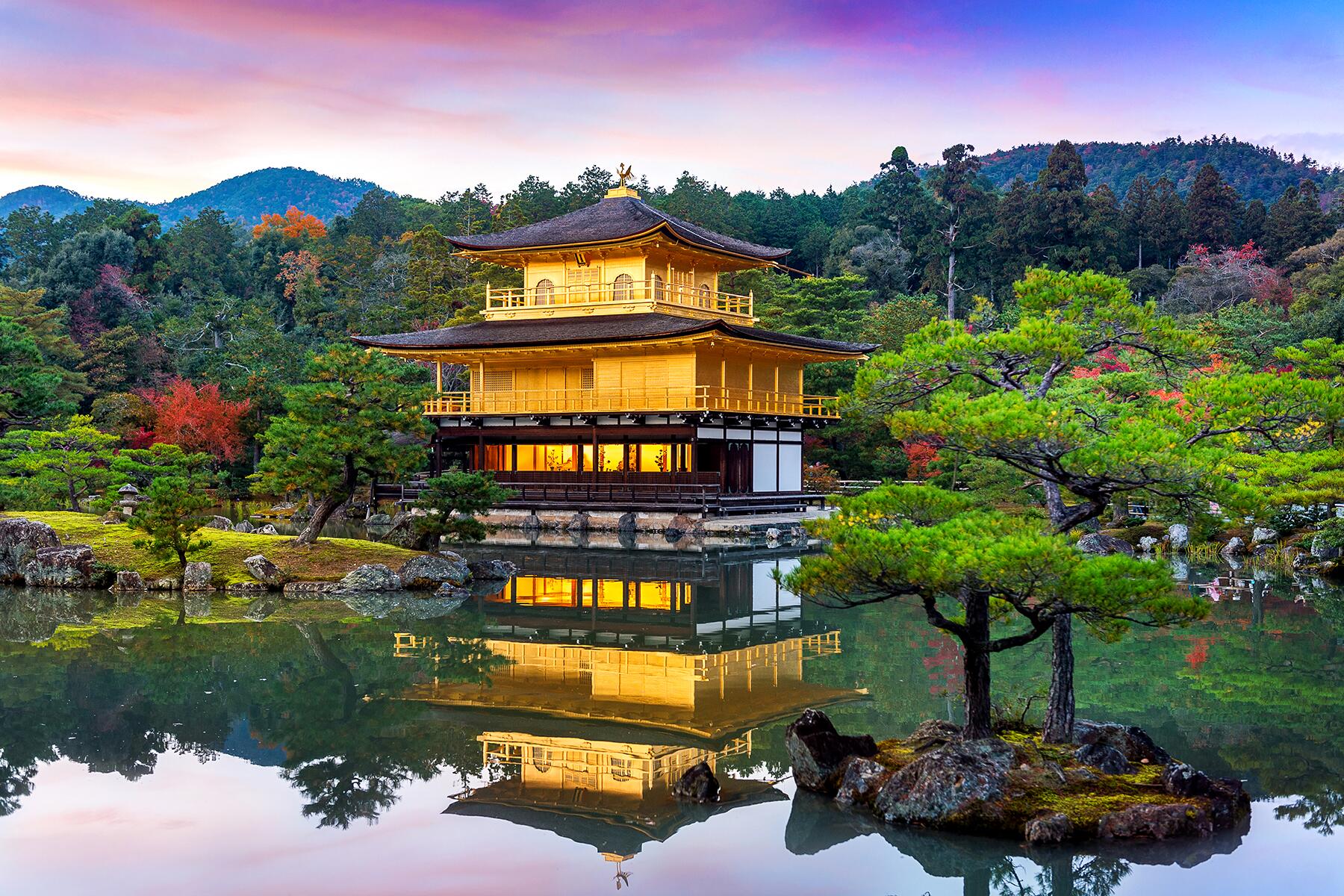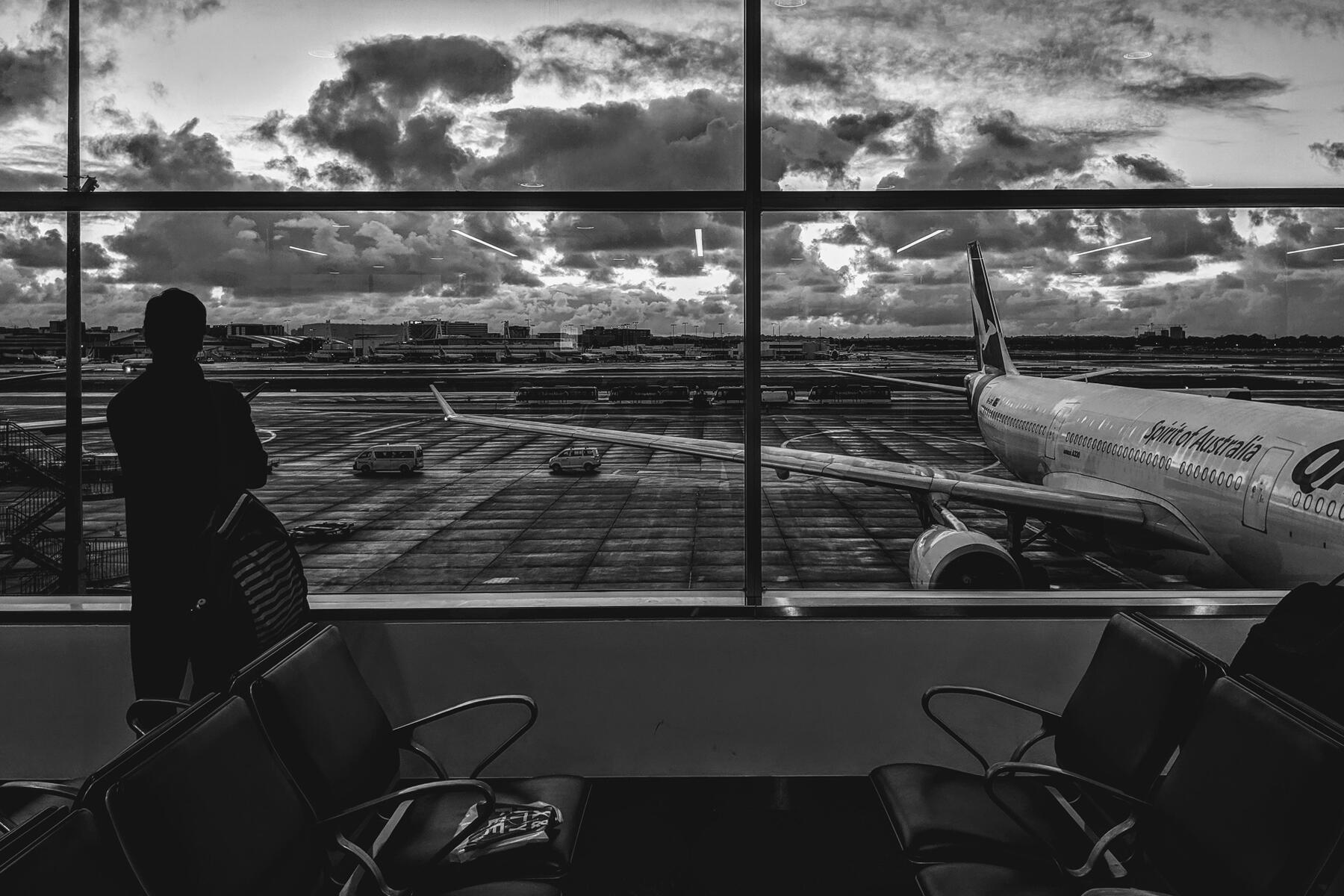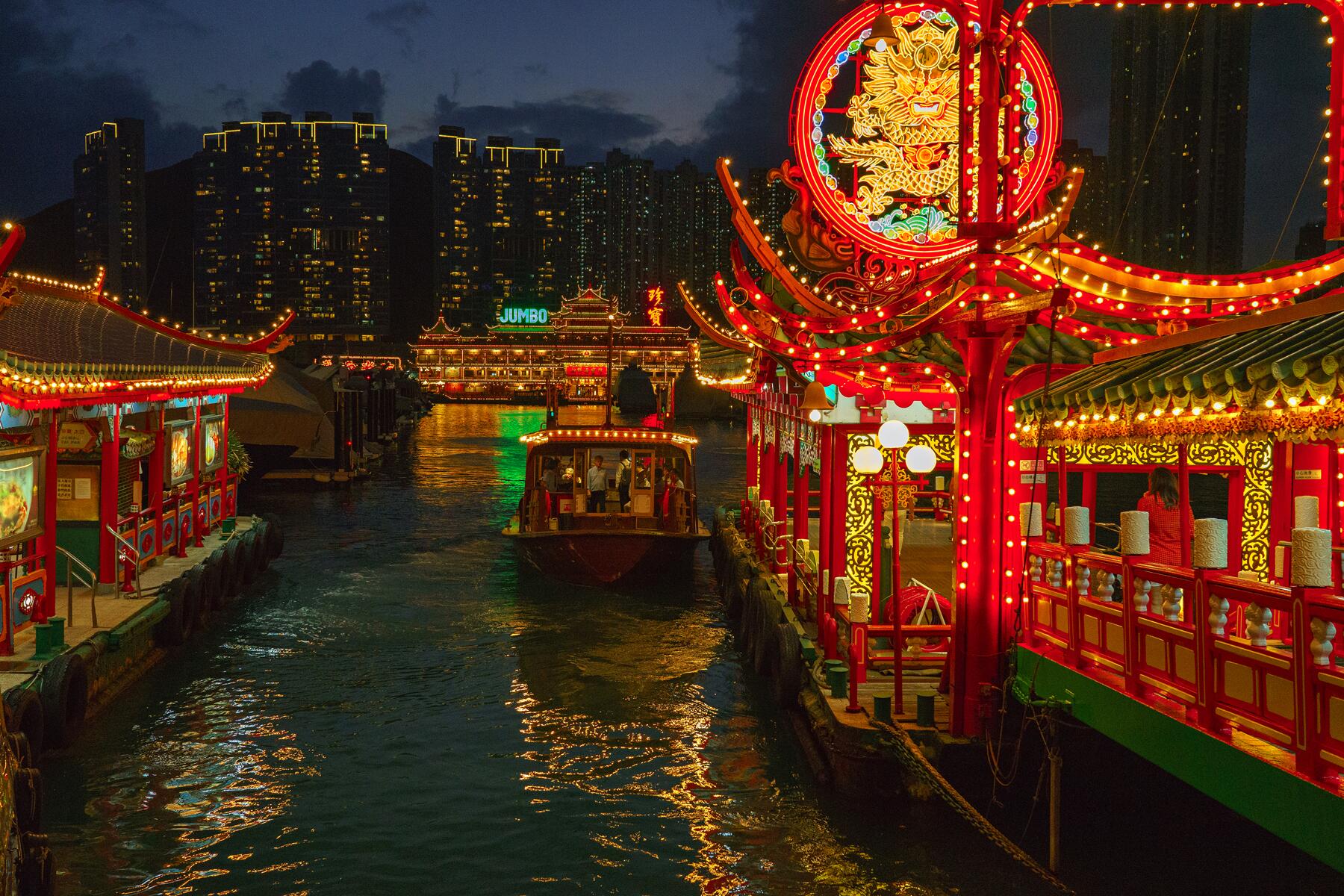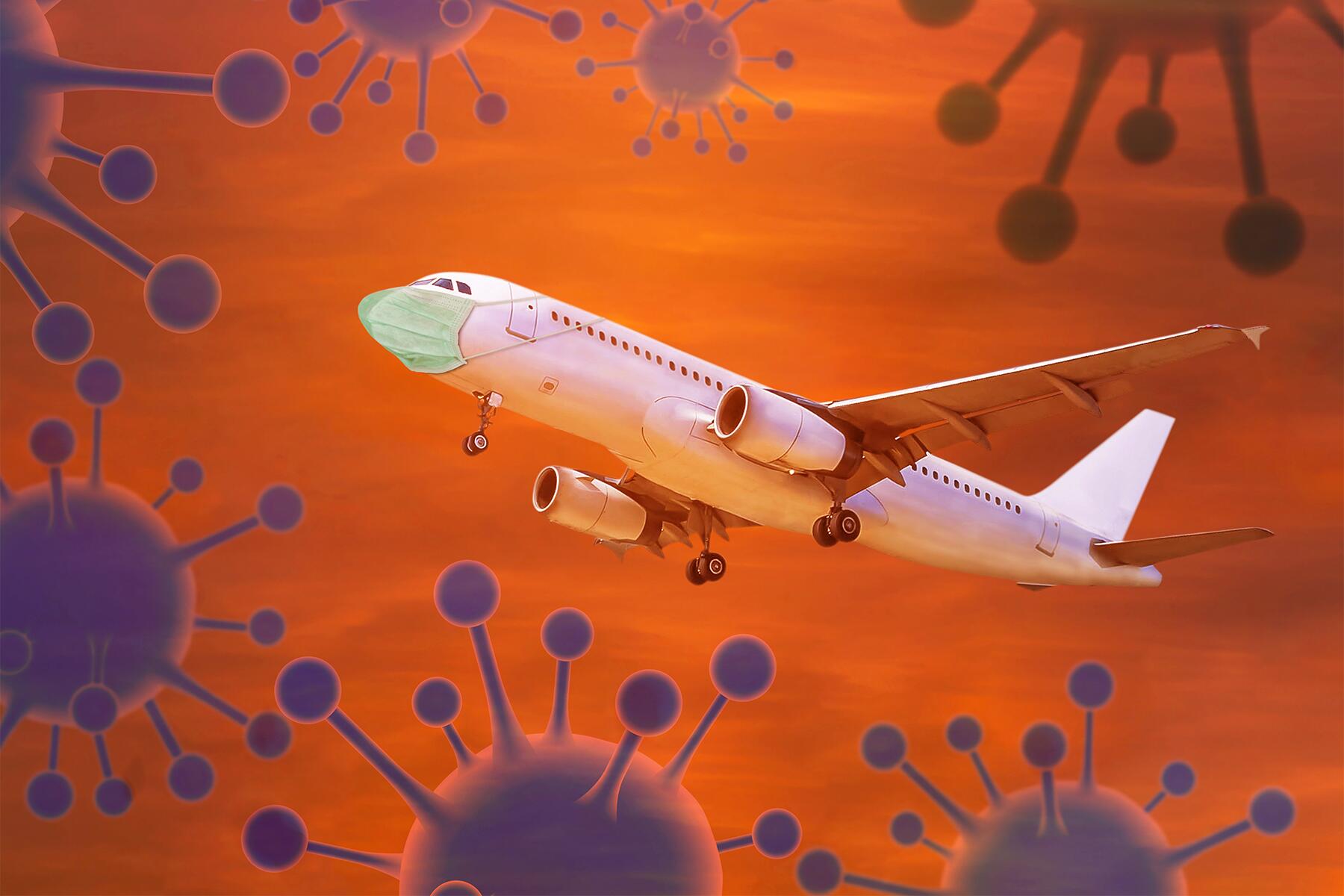Everything from New York’s skyline and debauched partying to the printing press and the existence of the middle class has roots in a pandemic.
History quietly displays an uplifting truth: after deadly pandemics, we are radically creative. We come out of isolation and gain strength. Then, like societies on speed, we rapidly create art, social reform, and world-changing technology. Nothing proves this better than the Black Plague and the Spanish Flu. They were catastrophic. The Black Death, or bubonic plague, swept across Asia and decimated Europe. Cities witnessed horrific scenes as half of their citizens died. The fear was unfathomable. Almost 600 years later, as the terrors of World War I came to a close, a new pandemic struck. The Spanish Flu infected a third of the world, killing an estimated 50 million people in just a few years.
As devastating as they were, humanity’s responses proved we can endure hardships and rise resiliently. Ultimately, the Black Death led to the great rebirth—the Renaissance. The Spanish Flu fueled the Roaring ’20s, a decade that accelerated the massive developments of the 20th century. Despite hundreds of years in between, we reacted in similar ways. These post-pandemic trends and their examples may hold hints for our own future.
The skyscraper originated in Chicago in the 19th century and was already majorly changing the skyline of NYC well before WWI or the Spanish Flu outbreak of 1918. There are some iconic (Chrysler, Empire State) Art Deco examples from the 1920s in both cities but the buildings were neither originally from New York nor at their most prolific during the 20s. Most of New York's most significant high-rise buildings pre-date the first world war or rose in the 50s, 60s, and 70s with the start of Modernism in architecture. In fact, after around 1931-32 there was a major shift away from skyscrapers for over 20 years due to the impacts of both The Great Depression and WWII. What you may be referring to is what's called the "Skyscraper Mania" that took place during the 20s, especially after the contest to design the Chicago Tribune Building. During that period, people were obsessed with the skyscraper and it was a popular motif in art, advertising, film, and other media across the country leading up to the Depression.
While most of the information is spot on, the comment that Spain was the hardest hit country is quite inaccurate- it got it the American moniker "Spanish Flu" because the Spanish press was one of the first to report the epidemic - the press in America and the rest of Europe kept quiet because of wartime restrictions. In fact, it is even possible that it started in a U.S. army camp in Kansas! Or maybe China (of course).






Previous nitpicking aside, this is well written and interesting. Makes one wonder what wondrous advances may come from this latest plague to cull humanity.